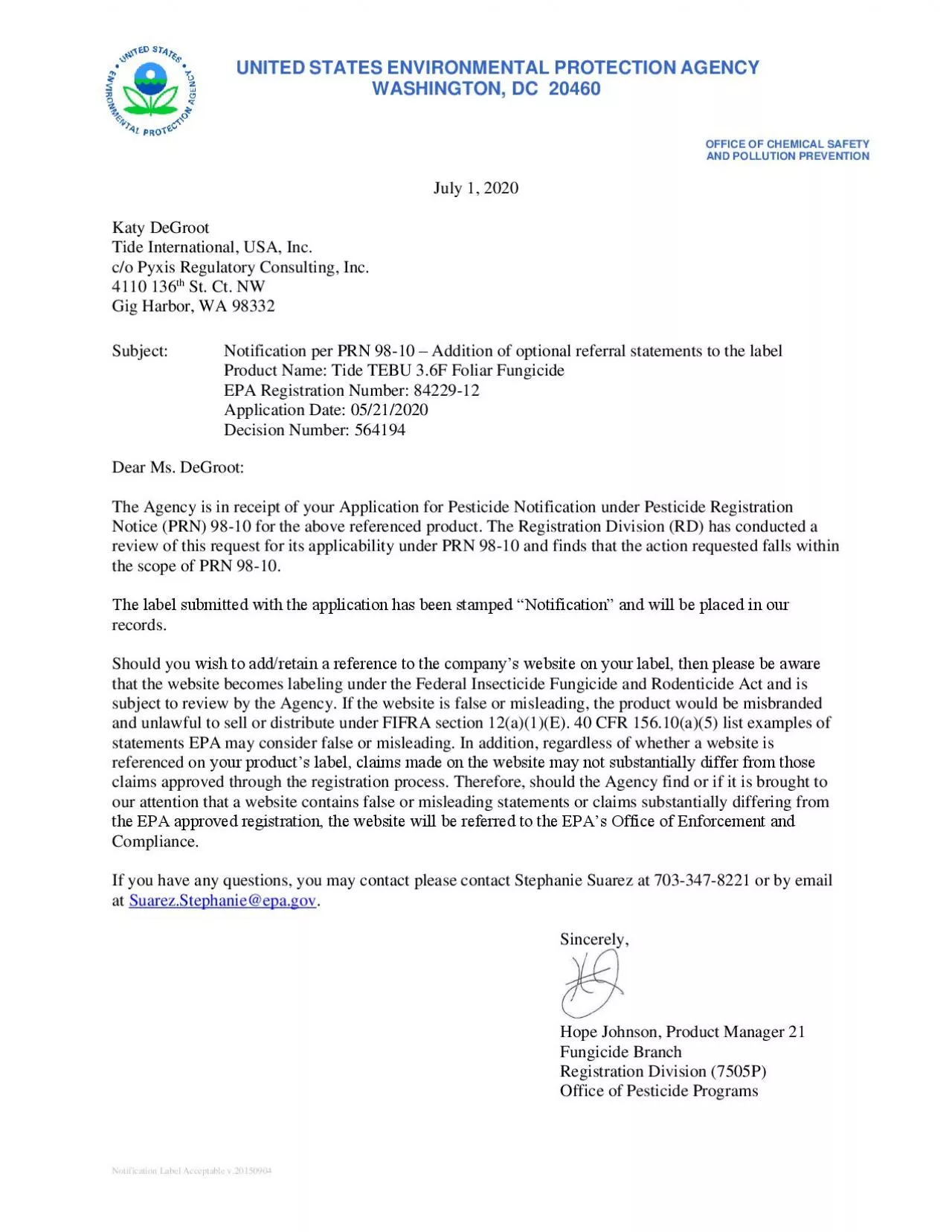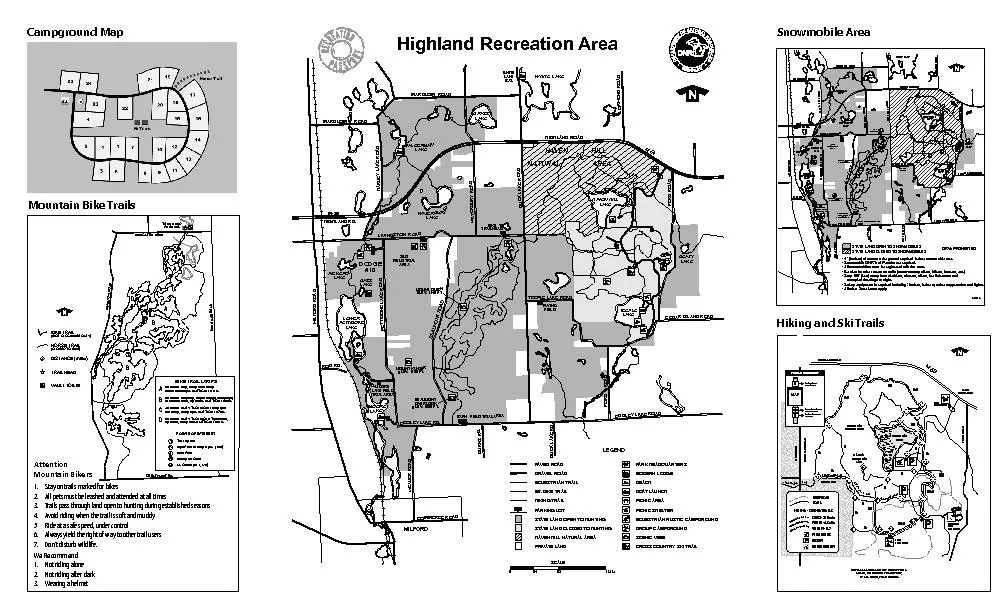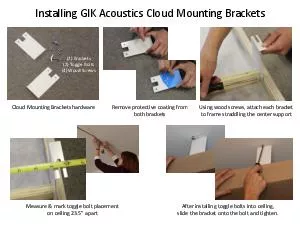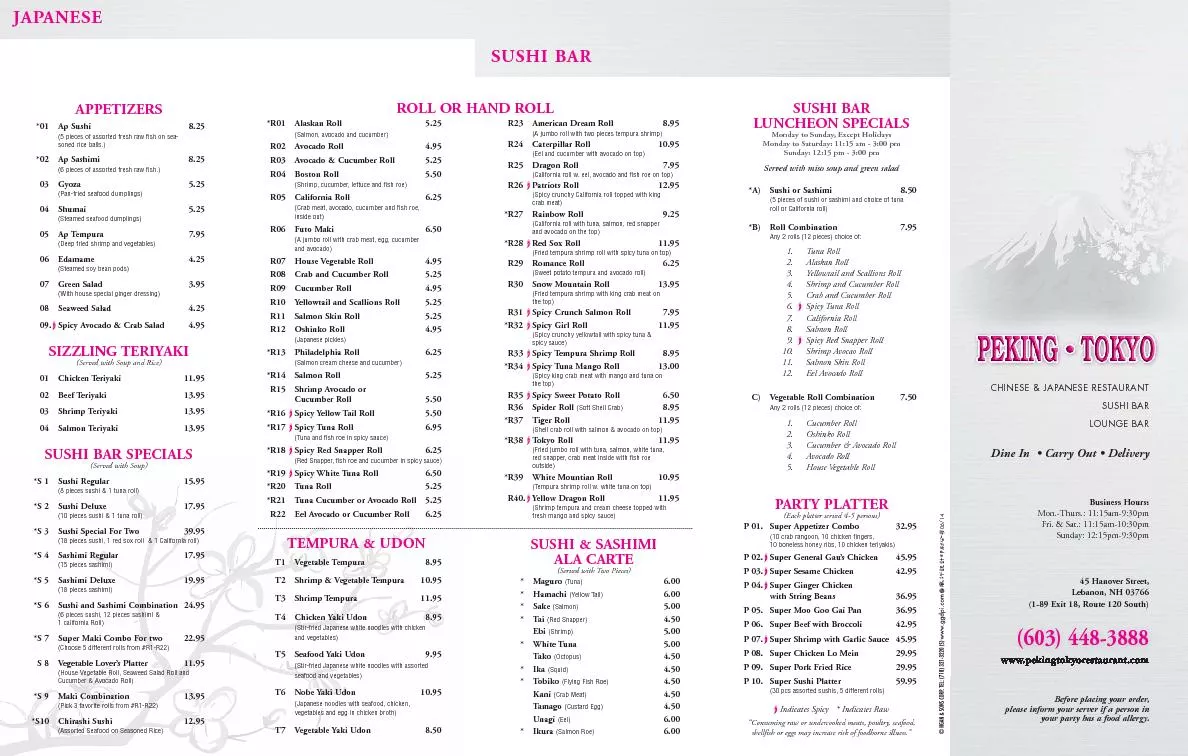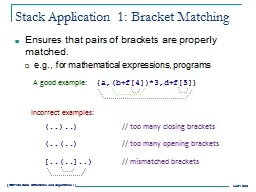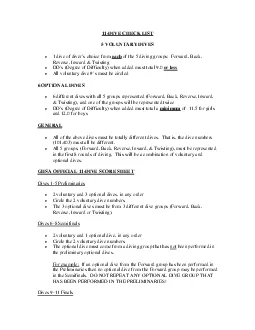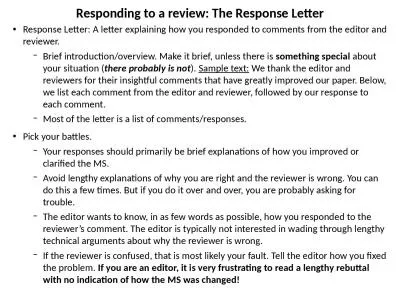PDF-Note to reviewer Text in brackets indicates optional text
Author : pagi | Published Date : 2021-09-15
Page 1of 26Tide TEBU 36F Foliar Fungicide ACTIVE INGREDIENTTebuconazole Alpha24chlorophenylethylalpha11dimethylethyl1124triazole1ethanol40535947TOTAL 1000Contains
Presentation Embed Code
Download Presentation
Download Presentation The PPT/PDF document "Note to reviewer Text in brackets indica..." is the property of its rightful owner. Permission is granted to download and print the materials on this website for personal, non-commercial use only, and to display it on your personal computer provided you do not modify the materials and that you retain all copyright notices contained in the materials. By downloading content from our website, you accept the terms of this agreement.
Note to reviewer Text in brackets indicates optional text: Transcript
Download Rules Of Document
"Note to reviewer Text in brackets indicates optional text"The content belongs to its owner. You may download and print it for personal use, without modification, and keep all copyright notices. By downloading, you agree to these terms.
Related Documents

